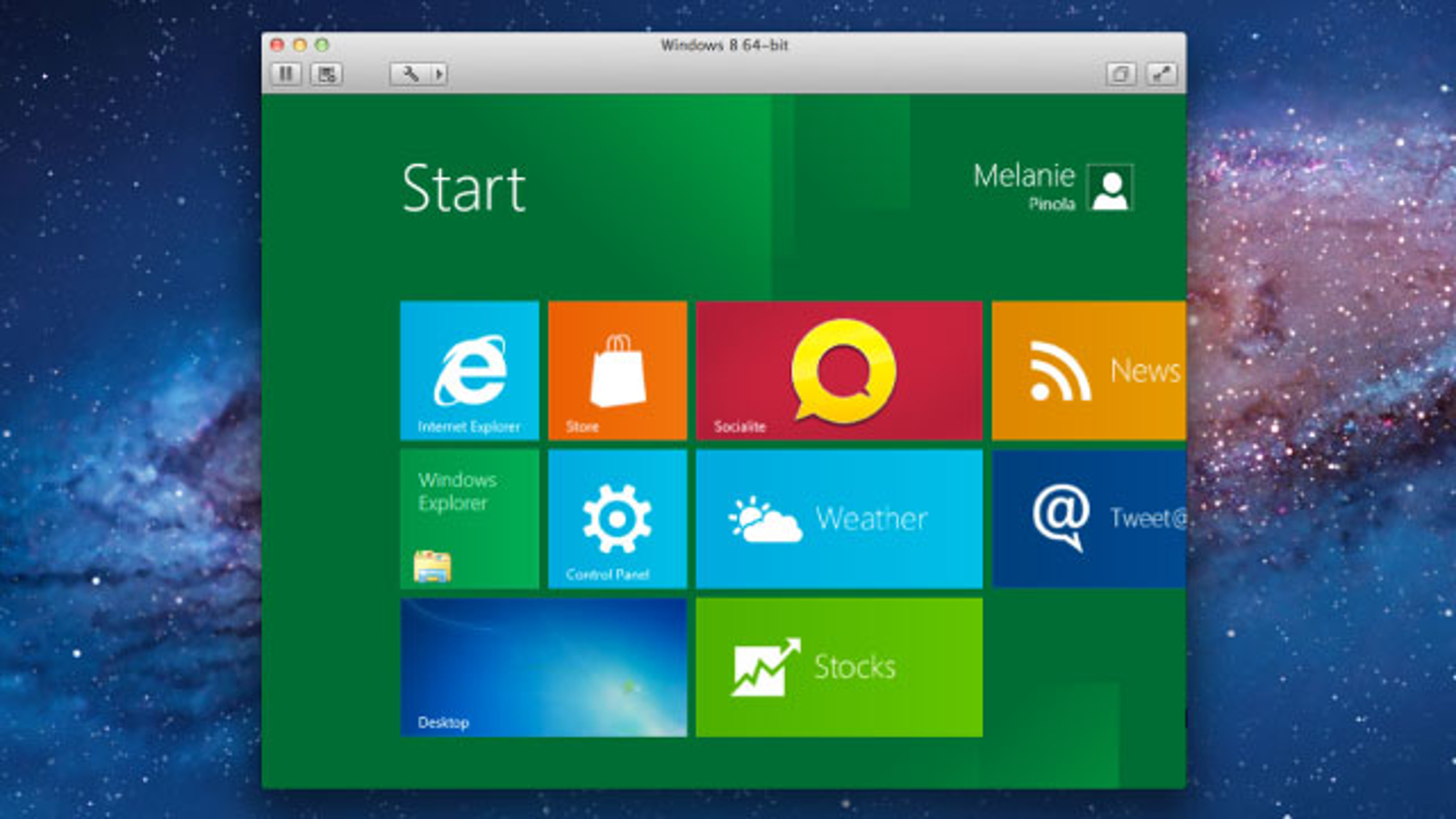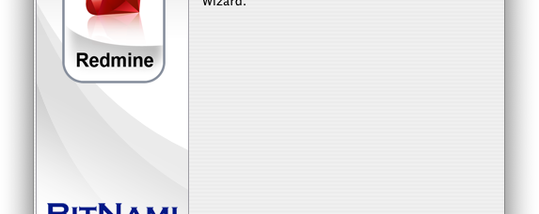
#Bitnami redmine virtual machine ssh code#
Step 4: Use the AWS Cloud9 IDE to change the code on the For possible fixes, seeĬannot Open an Environment in Troubleshooting. If AWS Cloud9 doesn't display the IDE after at least five minutes, there might be a problem with your web browser, your AWS access permissions, the instance, or the associated Wait while AWS Cloud9 creates your environment and then displays the AWS Cloud9 IDE for the environment.Īfter AWS Cloud9 creates your environment, it displays the AWS Cloud9 IDE for the environment. On the Review choices page, choose Create environment. Type :wq (to write the file and then quit the vi editor), and then press Enter.īack in the AWS Cloud9 console, choose Next step. ( - INSERT - disappears from the bottom of the vi editor.) To do this, press Esc to enter command mode. To do this, at the insertion point in the vi editor, press Ctrl + Shift + V. Paste the contents of the terminal session clipboard into the vi editor.
#Bitnami redmine virtual machine ssh install#
To do this, run the following commands one at a time, in the following order, to update the instance, install Node Version Manager (nvm) on the instance,Īctivate nvm on the instance, and then install the latest version of Node.js on the instance. We recommend you use Node Version Manager (nvm) to install Node.js on the instance.

If no version number appears, or the version is not 0.6.16 or later, To check the version, run the command node -version, and note the Or if the version is not 2.7, install Python 2.7 on the instanceīy running the command sudo apt install -y python-minimal.Ĭheck to see if Node.js is installed, and if it is, check that the version is 0.6.16 or Run the command python -version, and note the version number that appears. To do this, in the terminal session thatĪppears, run the command sudo apt update.Ĭheck to see if Python is installed, and if it is, check to be sure the version is 2.7. You then create and connect an AWS Cloud9 SSH development environment to theīe sure that the instance has the latest system updates. In this topic, you create and set up a Linux-based Lightsail instance that is compatible with AWS Cloud9. For more information, see Amazon Lightsail Features. Launch your project quickly-a virtual machine, SSD-based storage, data transfer, DNS management, and a static IP-for a low, predictable monthly price. Lightsail includes everything you need to

Lightsail provides developers compute, storage, and networking capacity andĬapabilities to deploy and manage websites and web applications in the cloud. Simple virtual private server (VPS) solution. Lightsail is the easiest way to get started with AWS for developers, small businesses, students, and other users who need a Such as WordPress, LAMP (Linux, Apache, MySQL, and PHP), Node.js, Nginx, Drupal, and Joomla, as well as Linux distributions suchĪs Amazon Linux, Ubuntu, Debian, FreeBSD, and openSUSE. The file /etc/nf does not show the location of logging for the authpriv facility.You can use the AWS Cloud9 IDE to work with code on Amazon Lightsail instances preconfigured with popular applications and frameworks I attempt a connection from another country and check the files /var/log/syslog and /var/log/auth.log, which do not show this event.

I restarted the SSH daemon with sudo systemctl restart ssh.service. Sudo echo "sshd: ALL: spawn /path/to/file/ipfilter.sh %a" > /etc/hosts.allow Logger -p $LOGDENY_FACILITY "$RESPONSE sshd connection from $1 ($COUNTRY)"Īnd I set it up with: sudo -y apt-get install geoip-bin geoip-database If ] thenĬOUNTRY=`/usr/bin/geoiplookup6 "$1" | awk -F ": " '' | head -n 1` # UPPERCASE space-separated country codes to ACCEPTĮxit 0 # return true in case of config issue This script ipfilter.sh filters IP addresses: #!/bin/bash I followed this tutorial to restrict SSH connections by country. I have a Bitnami server, Ubuntu Xenial, on AWS LightSail.


 0 kommentar(er)
0 kommentar(er)
